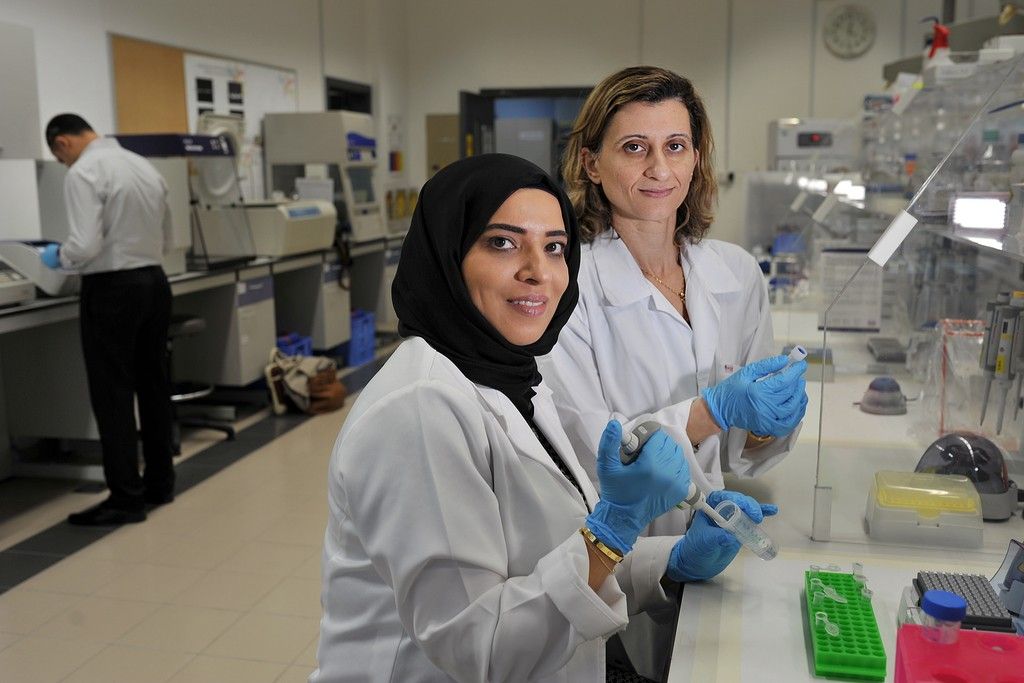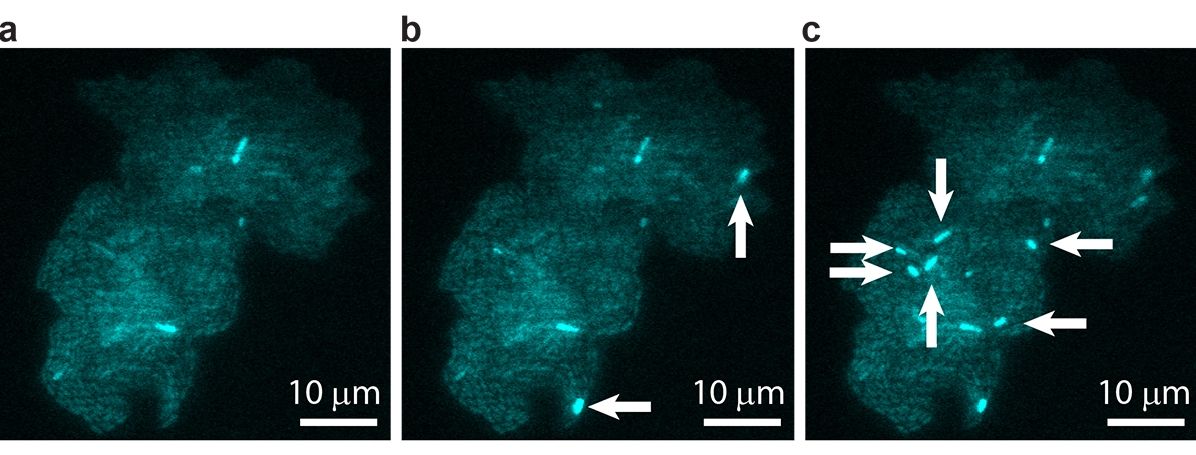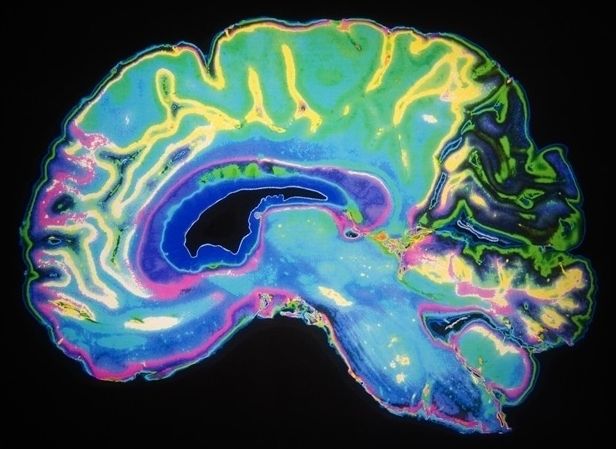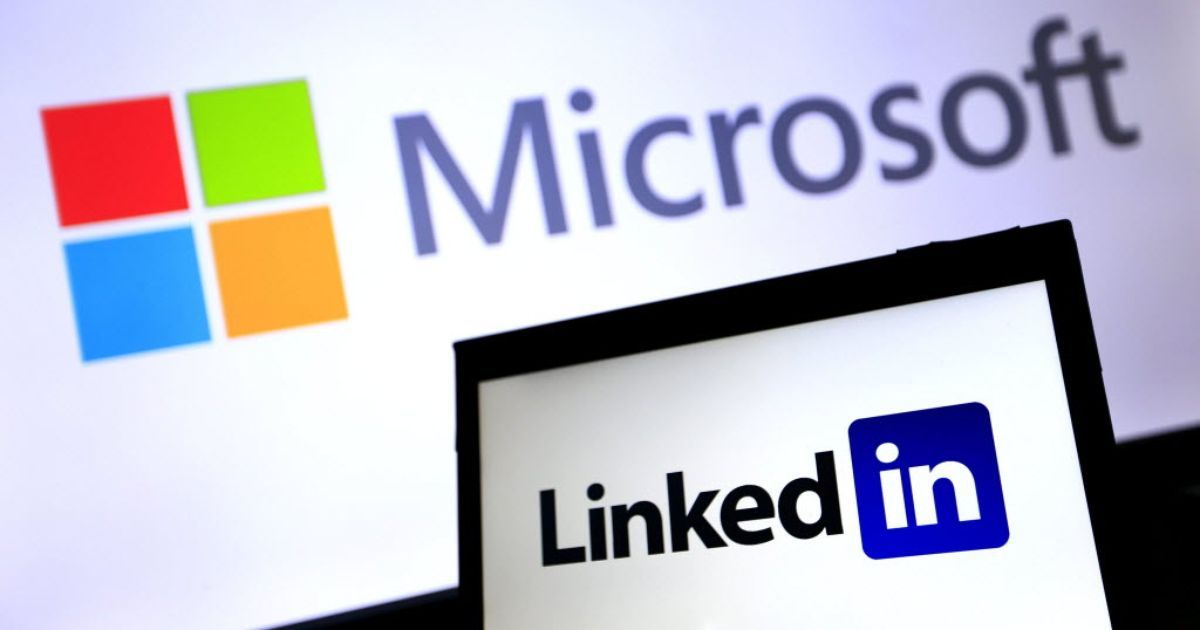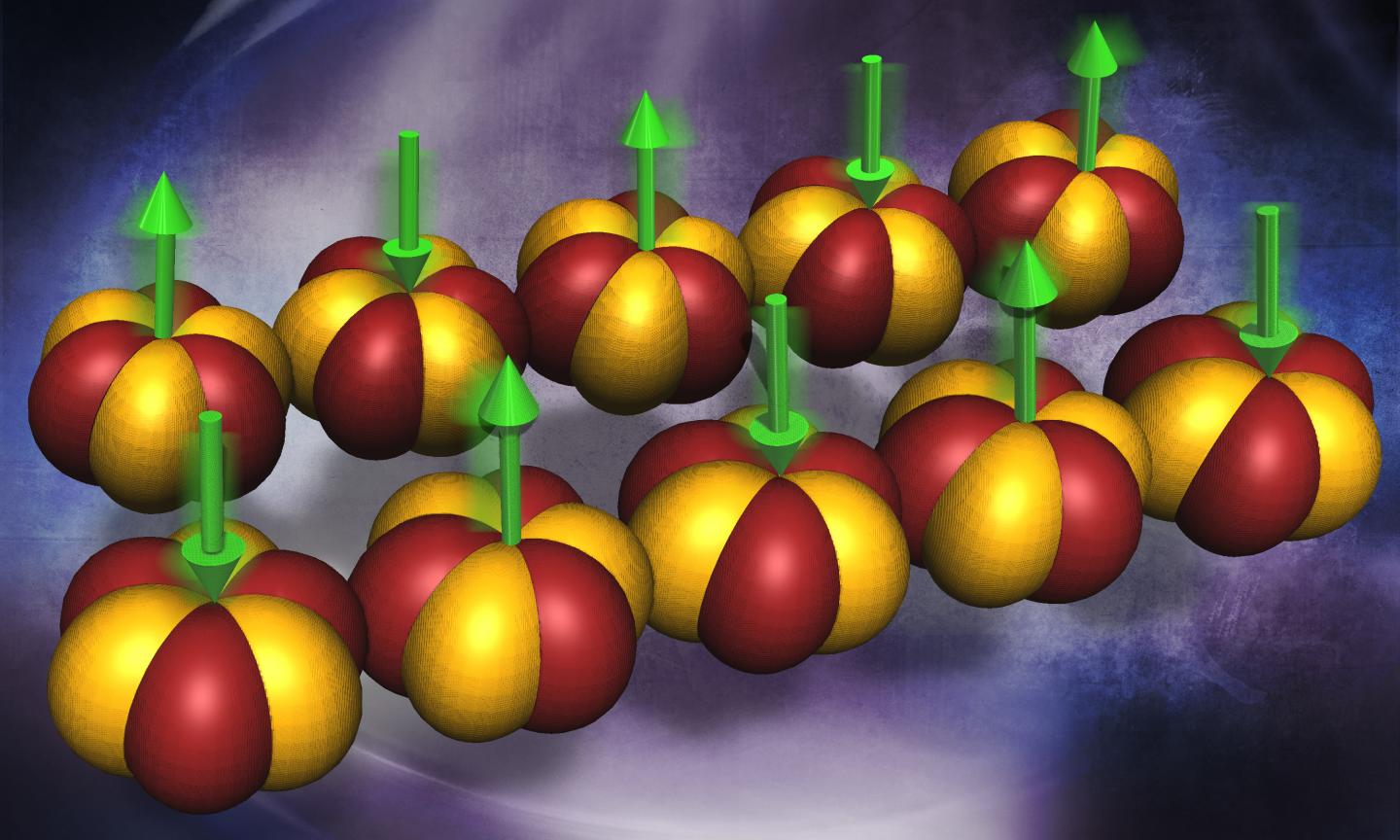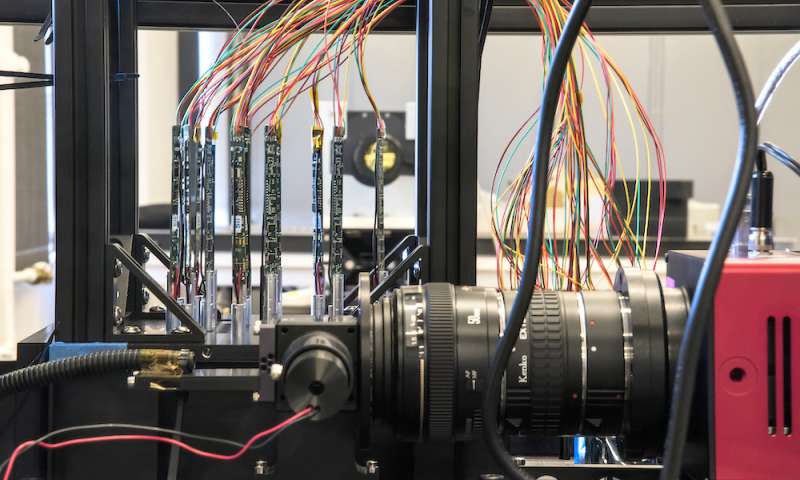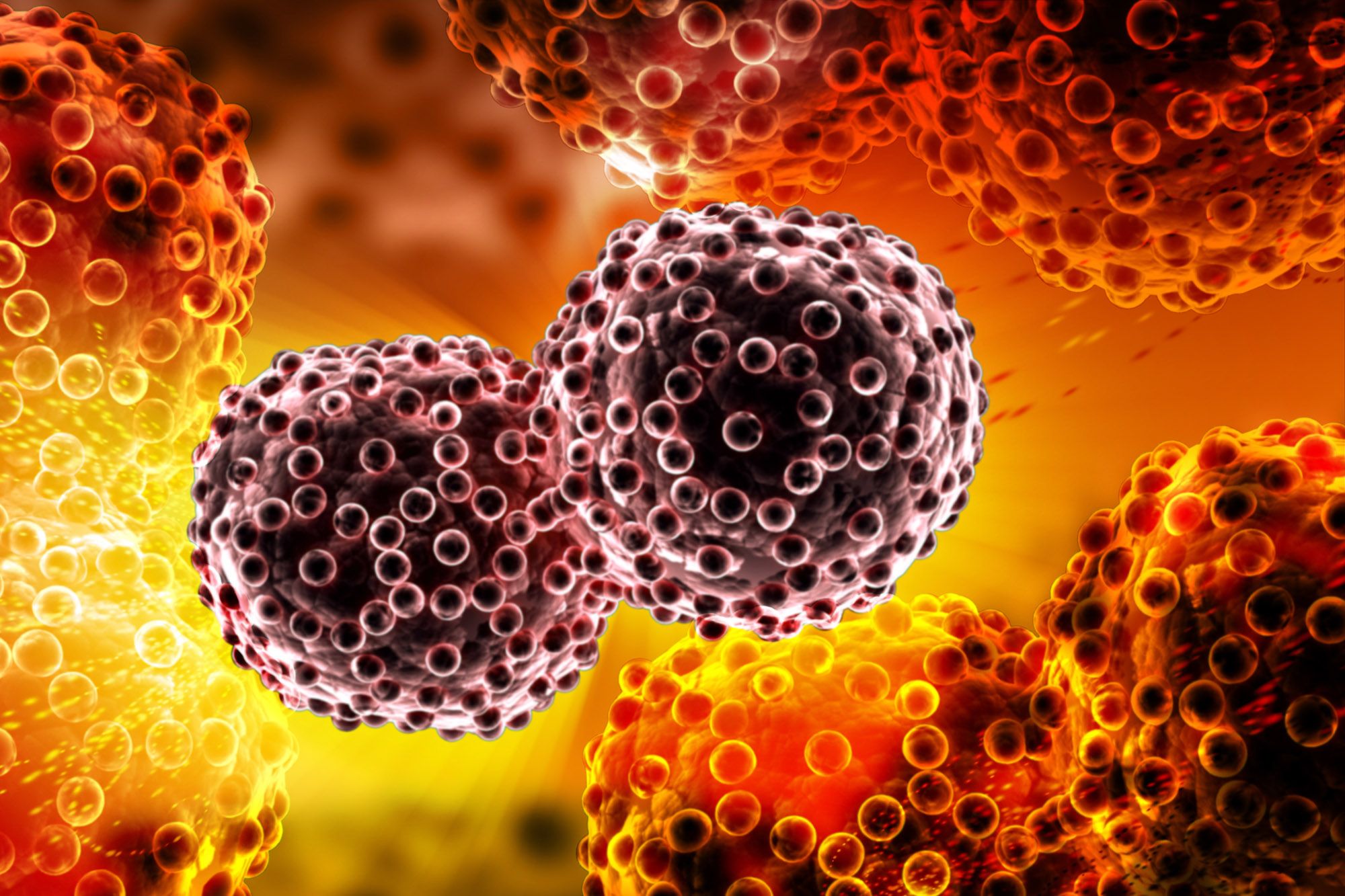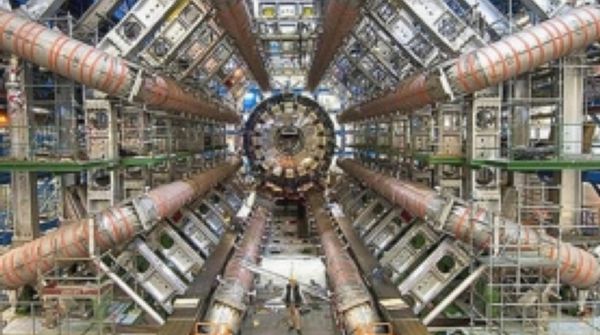Jun 13, 2016
Genes, brain structure influence second language learning: study
Posted by Karen Hurst in categories: genetics, neuroscience
Very insightful for my deep mind/ neuro mapping friends.
If you have trouble learning a new language as an adult, maybe you can blame your genes and brain structure, a U.S. study suggested Monday.
The study by researchers at the University of Washington showed that genetic variations of the so-called COMT gene and a measure of the strength of the brain’s communications network — known as “white matter”— jointly accounted for 46 percent of the reason for why some college students performed better than others in the second language class.
Continue reading “Genes, brain structure influence second language learning: study” »

